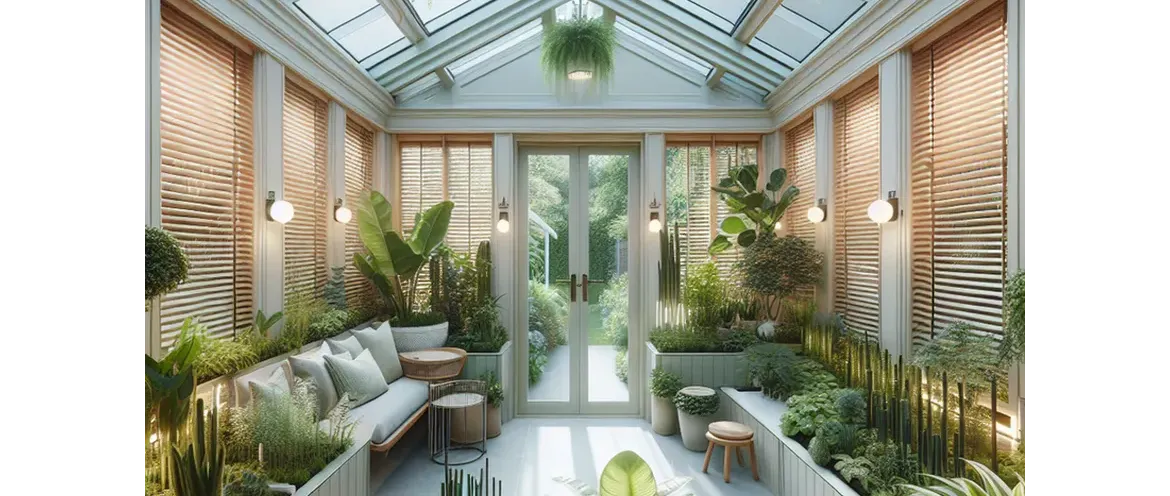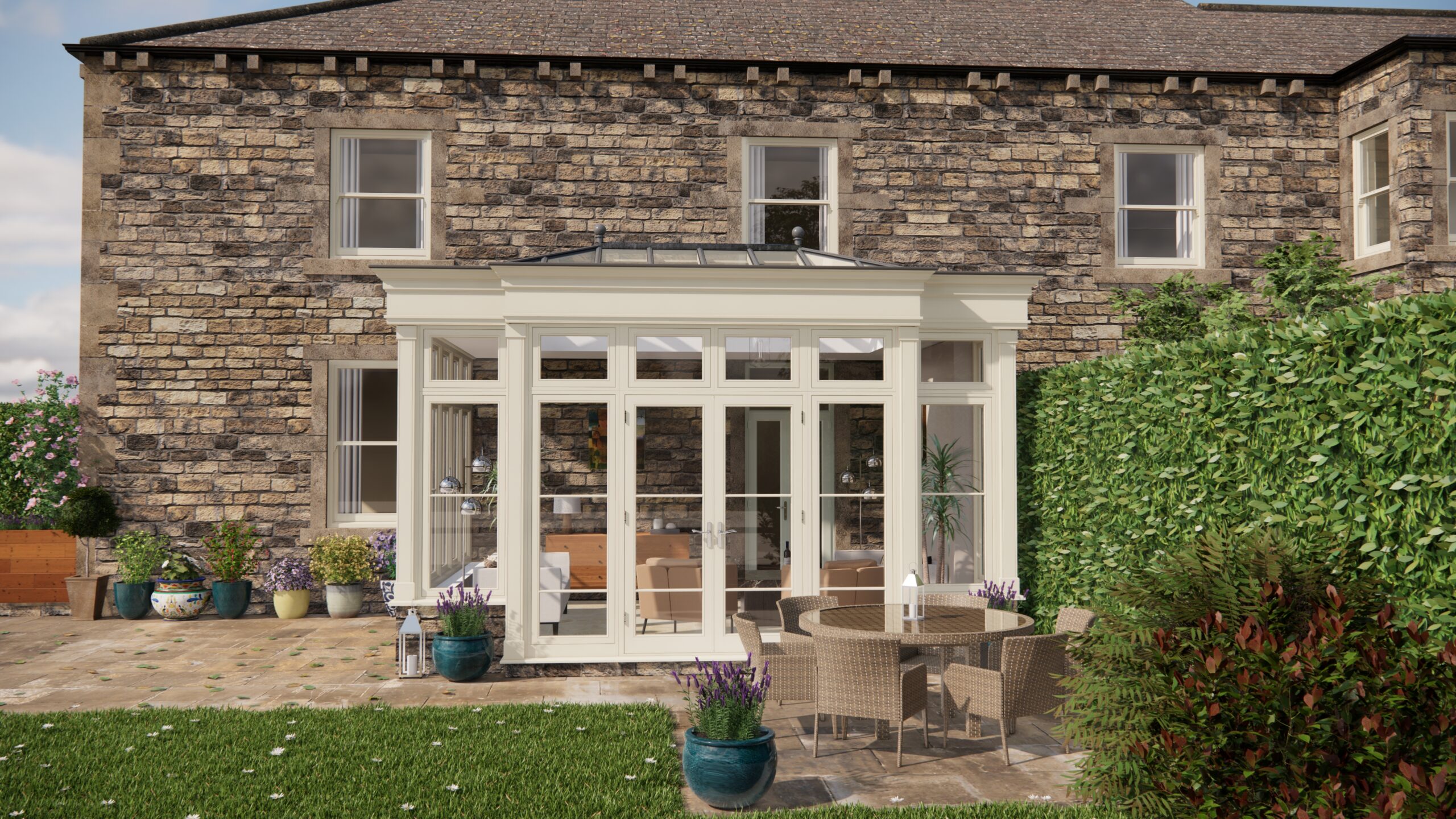Right, let’s talk orangeries! As a keen gardener in the UK, I’ve always dreamt of a space where I could nurture my plants year-round, escaping the unpredictable British weather. An orangery felt like the perfect solution, blurring the lines between indoors and out. But it wasn’t simply about building a glass box; it was about creating a harmonious environment for both my leafy companions and, well, me! My journey to achieve this was all about mastering light and shade.
First hurdle? Natural light. We all know how precious it is here! My initial thought was ‘more glass is better’, but I quickly realised that too much direct sunlight, especially in summer, would scorch my delicate plants and make the space unbearable. That’s where shading came in.
Taming the Sun: Shading Solutions
I explored a few options. Internal blinds were a contender, offering flexibility and control. I opted for Venetian blinds, allowing me to adjust the amount of light entering. They’re relatively affordable and easy to install. Another option would be external blinds, which block sunlight before it hits the glass, thus keeping the orangery cooler. However, these can be more expensive to install.
Screens and shades that can be easily moved are also a consideration. These allow the home gardener to move plants around for short durations to maximise light, while making best use of the available space.
Tinted glass was also something I considered during the design phase. While it reduces light intensity consistently, it’s a more permanent solution, so careful planning is vital. It can be especially effective on south-facing orangeries. Think carefully about the level of tint; you want to cut the glare without drastically reducing overall light levels.
Illuminating the Darker Days: Artificial Lighting
Of course, even with the best shading, winter in the UK means less sunlight. Artificial lighting becomes essential. I researched grow lights extensively. There are several types available: LED, fluorescent, and high-intensity discharge (HID). LED grow lights are energy-efficient and produce minimal heat, making them ideal for delicate plants. I use full-spectrum LED lights which provide the range of colours that plants need for photosynthesis.
Placement is key. I position my lights about 12-18 inches above the plant canopy, ensuring even coverage. A timer is also crucial, mimicking natural daylight hours. I usually set mine for 12-14 hours a day during the darkest months. I also supplement with general lighting that allows me to relax in the space during the evening. This includes things like coloured LED strips that allow you to simulate the evening and morning, which will help plant growth.
Maximising Natural Light: Clever Tricks
Even when the sun is scarce, there are ways to make the most of it. Regularly cleaning the glass is essential! Dust and grime significantly reduce light transmission. Positioning plants strategically also helps; place taller plants at the back, ensuring they don’t cast shadows on smaller ones. The angle of the light throughout the day means that you should consider moving plants around to ensure that they have the best chance of light exposure. Also, consider using white or light-coloured surfaces inside the orangery to reflect light around the space.
Balancing Act: Plants and People
The key to a successful orangery is finding the balance between creating an optimal environment for your plants and a comfortable space for yourself. Monitoring temperature and humidity is crucial. Too hot and humid, and you risk fungal diseases; too cold and dry, and your plants will suffer. I use a digital thermometer and hygrometer to keep track. Good ventilation is also vital, preventing stagnant air and promoting healthy growth. I open windows regularly, even in winter (on milder days, of course!).
Creating my orangery was an adventure, a learning curve filled with successes and a few minor setbacks. It required research, careful planning, and ongoing adjustments. By thoughtfully considering shading, artificial lighting, and clever strategies for maximizing natural light, I’ve created a space that thrives year-round, a true extension of both my home and garden. The end result is a beautiful garden room for relaxation, contemplation and even the occasional afternoon tea. It’s a place where I can connect with nature, nurture my plants, and truly enjoy the beauty of every season.


